The common garden plants that are deadly to dogs and cats – and what to do if they eat one
Many beautiful and common plants in the average English garden can prove fatal to household pets. Peter Green, a veterinary surgeon, gives his advice on some of the most common things to look out for.
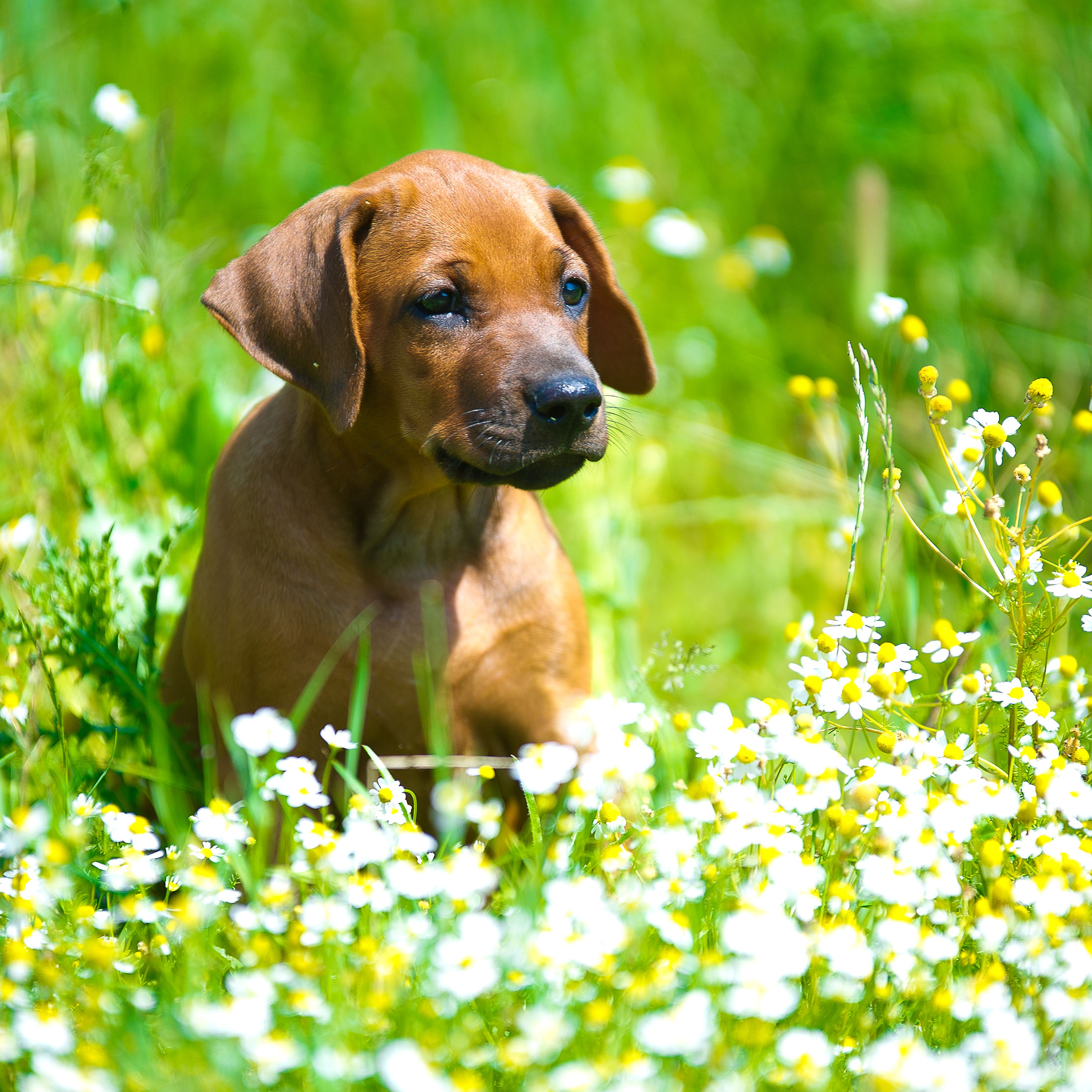
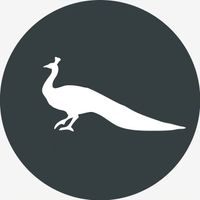
Think of the wildflowers that grow in Britain and you think of beauty and springtime. Mention poisonous plants and we may think immediately of dangers such as deadly nightshade (Atropa), yew (Taxus) and hemlock (Oenanthe), or lethal fungi such as the death cap (Amanita) and Cortinarius. Yet sometimes flowers that look beautiful and natural can in fact be harmful to our pets.
We probably remember that foxgloves (Digitalis) contain a powerful cardiac medicine and, of course, we all know that poppies (Papaver) are cultivated around the world because of the opium they produce. The idea of plants containing strong chemicals is the basis of all herbal medicine, but somehow we risk thinking that medicinal plants and poisonous plants are in a special category of their own – ‘plants that have active ingredients’ – when, in fact, all plants contain complicated organic compounds that may or may not be toxic to people and their pets.
We select our garden plants mainly for their visual character – their flowers, their foliage, their bark, their shape – and sometimes for their smell, but rarely for their safety to our pets and children.
Yet the RHS publishes a list of more than 130 common garden plants that are potentially toxic and documented cases of animals poisoned by apparently innocuous plants occur each year in the UK.
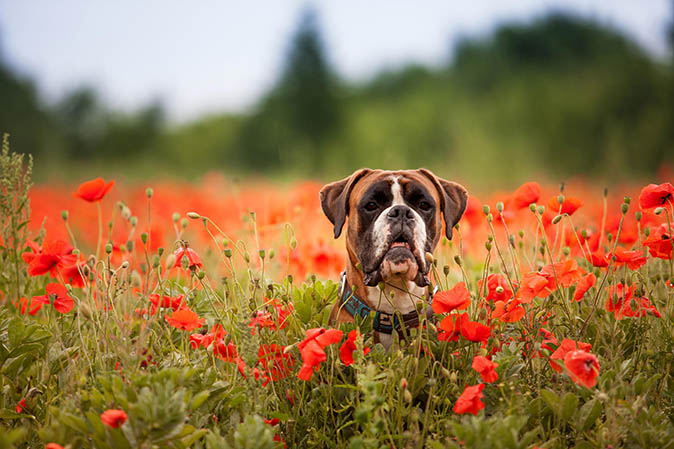
Cats and dogs are the most at risk because they are so inquisitive and regularly ingest plant material. They may avoid poisonous berries, leaves or fruits if they are unpalatable, but it’s surprising what they will eat.
The risk is increased if they have access to clippings or prunings as these may become more palatable as they wilt, and may also have the master’s or mistress’s scent all over them.
So, what are the unlikely risky garden plants for our household pets?
Exquisite houses, the beauty of Nature, and how to get the most from your life, straight to your inbox.
Spring bulbs, whether dug up in Spring or ready to plant in Autumn
Believe it or not, dogs may be poisoned by the most common spring flower bulbs in our gardens: daffodils, tulips and hyacinths. These cases occur either in the autumn, when the bulbs are lying about for planting, or in the spring, when they are lifted after flowering.
Big, greedy breeds – labradors, retrievers, poodle crosses and springer spaniels – are the worst as they seem to think that bulbs are for eating, especially when we play the game ‘you plant it and I’ll find it, dig it up and eat it’. A bellyful can be fatal.

Lily of the Valley, and other plants that love shady corners
Both dogs and cats have been poisoned by lily of the valley (Convallaria majalis). All parts of the plant are poisonous, but the strong fragrance seems to attract browsing when it is in flower.
It’s a plant of damp, shady places where pets love to nose about and where they may also encounter the attractive berries of the cuckoo pint or lords-and-ladies (Arum maculatum).
This distinctive little plant is a native that is rarely planted deliberately, but is common in larger, wilder gardens and its brightly orange-coloured berries are both palatable and poisonous. Gardeners are well advised to cut off the seed-bearing stems when the berries start to ripen.
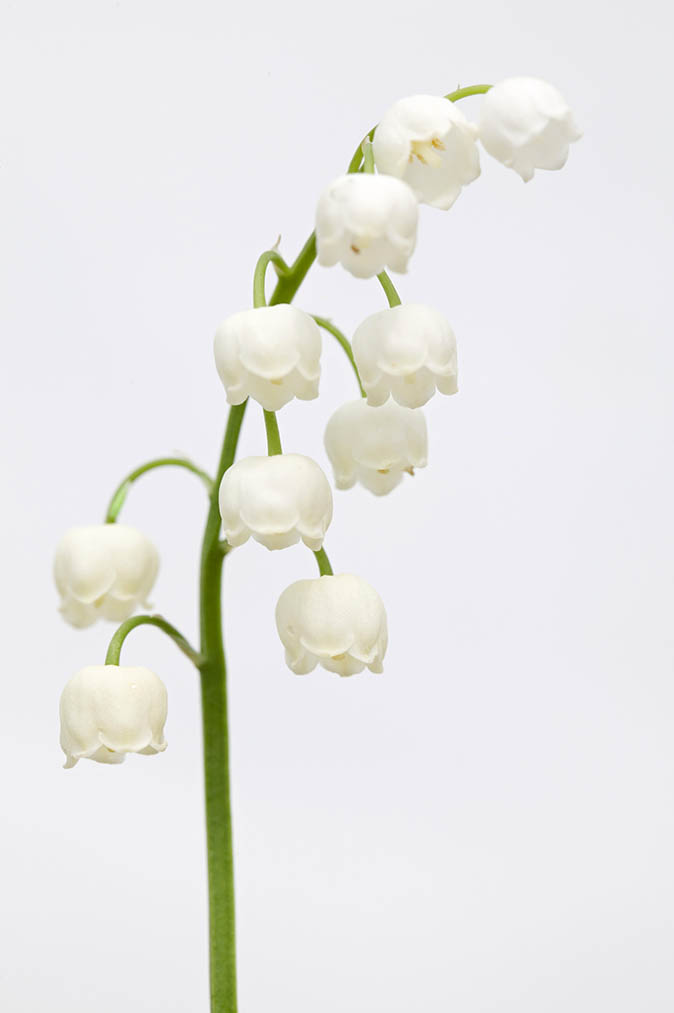
Deadly plants you’ll see in borders
Monkshood (Aconitum) is widely planted in herbaceous borders, where it offers tall, spike-like racemes of deep-blue flowers; its wild cousin, wolfsbane, is sometimes cultivated.
Both are very toxic indeed and share the ability to cause poisoning by contact of the plant juices with the skin of gardeners or their pets. Human fatalities from such contact are not unknown and both dogs and cats are known to have succumbed to the alkaloid aconitine present throughout the plant.
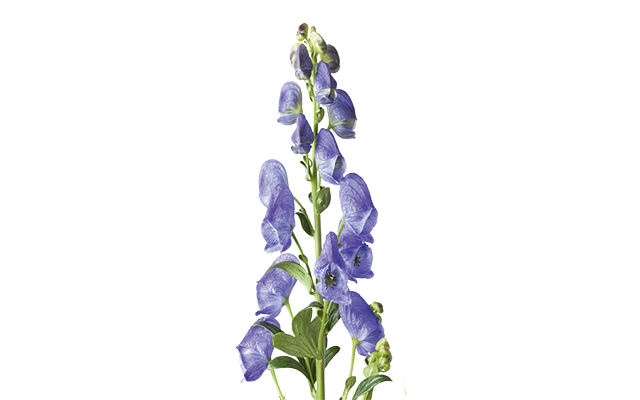
The deadly bush flourishes in dry, hot summers – and can be harmful even when on the bonfire
The shrub Nerium oleander is a drought-tolerant Mediterranean bush with narrow, dark-green leaves and trusses of pink or red flowers. With climate change and an emphasis upon plants that thrive without irrigation, it is appearing more commonly in garden centres and retail outlets, especially in the south of England, where it is frost tolerant to just below freezing.
Nerium oleander, however, is a killer – all parts of the plant are toxic and it is the most common cause of animal poisoning in some parts of the southern USA. If bushes are trimmed, the clippings are attractive to both dogs and cats and, unlike most other toxic plants, if you put the clippings on the bonfire, the smoke itself is dangerous.
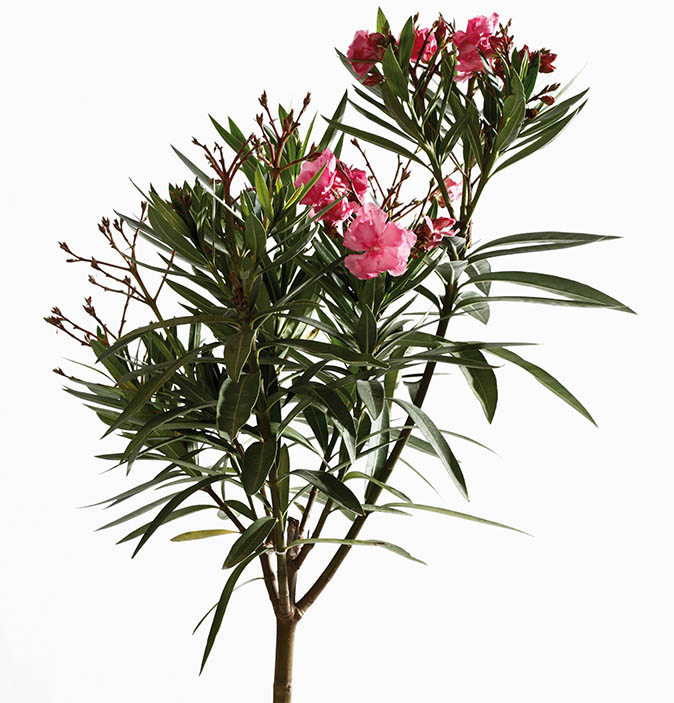
Lilies that can kill with the bite of a petal
Cats are at great risk from garden lilies, including Lilium and Hemerocallis species: day lilies, tiger lilies, Easter lilies and stargazers all contain acutely toxic substances. Even a brush with the pollen or a bite on a couple of petals can be fatal.
Remember, autumn crocuses (Colchicum) are actually lilies and are equally toxic.
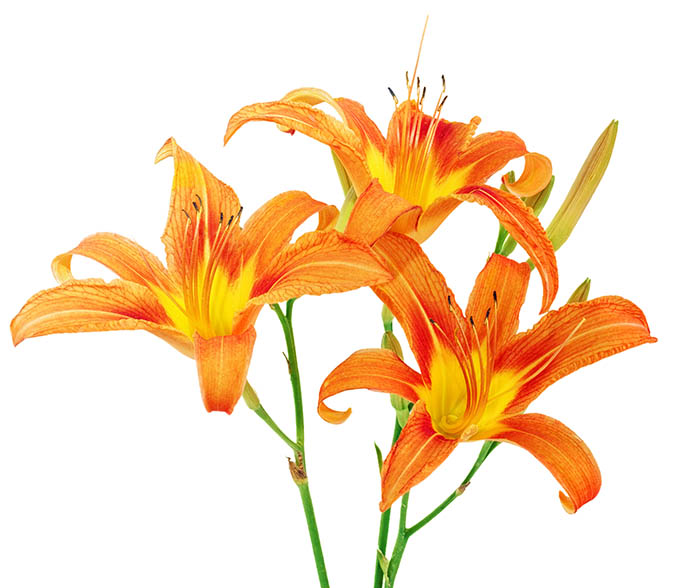
What to do if your pet eats a poisonous plant
If plant poisoning is suspected when a pet falls suddenly sick, seek veterinary advice immediately – and be certain to take along a specimen of the plant that has been eaten.
It is, of course, better to be on guard in the garden. Don’t leave clippings lying about to wilt, and clear up fallen berries – the fruits of laburnum, mistletoe, privet, cherry laurel and wisteria are all potentially poisonous.
Finally, if you are fortunate enough to have a lovely vine in the garden, keep an eye on the dogs – grape poisoning in canines is well recognised.
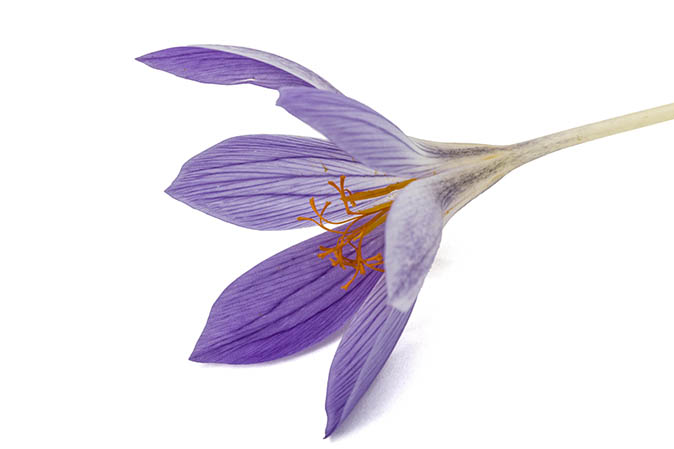
Country Life is unlike any other magazine: the only glossy weekly on the newsstand and the only magazine that has been guest-edited by His Majesty The King not once, but twice. It is a celebration of modern rural life and all its diverse joys and pleasures — that was first published in Queen Victoria's Diamond Jubilee year. Our eclectic mixture of witty and informative content — from the most up-to-date property news and commentary and a coveted glimpse inside some of the UK's best houses and gardens, to gardening, the arts and interior design, written by experts in their field — still cannot be found in print or online, anywhere else.
-
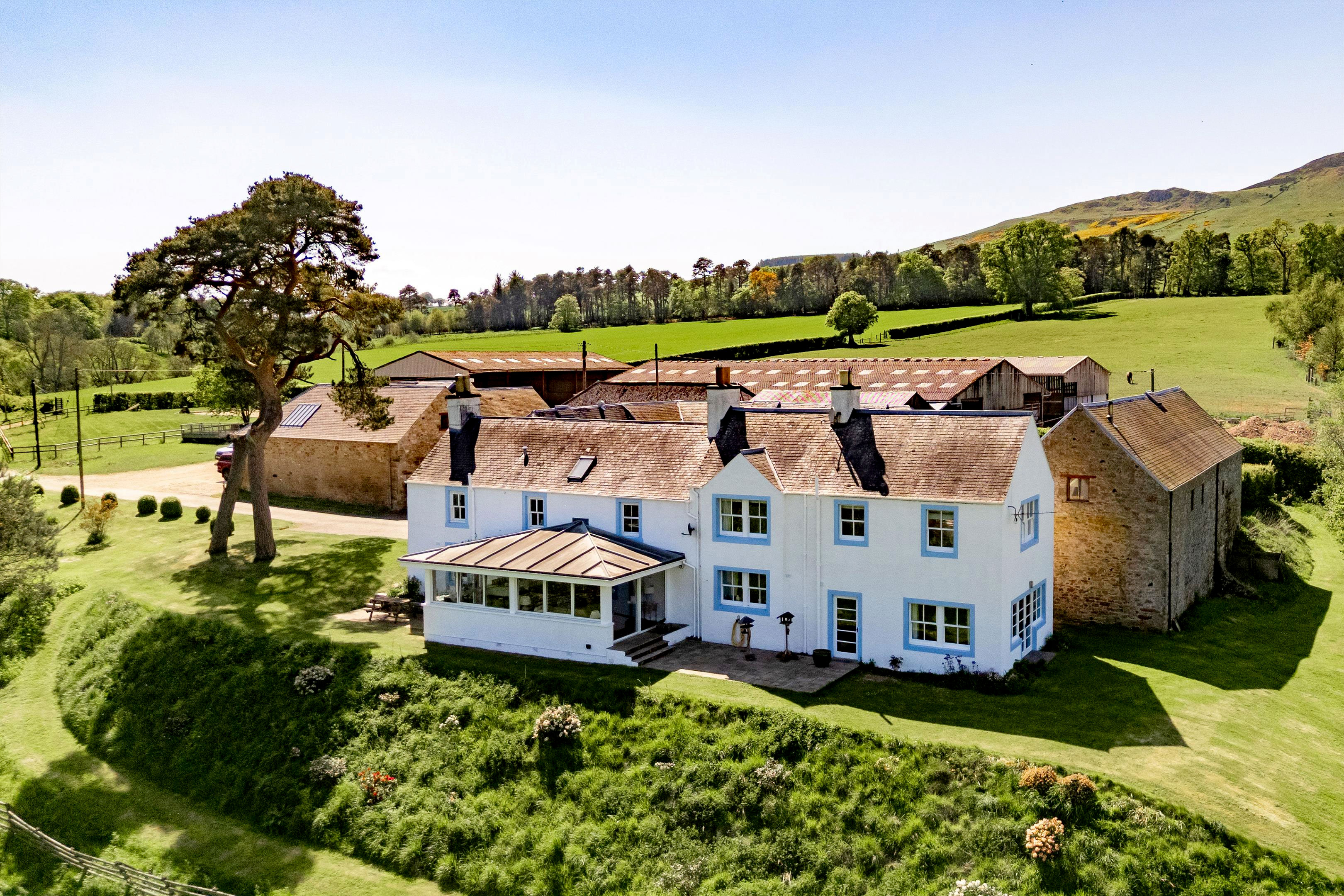 A beautiful old farmhouse in 15 acres of breathtaking Scottish scenery, for sale at just £825,000
A beautiful old farmhouse in 15 acres of breathtaking Scottish scenery, for sale at just £825,000A wonderful country home with almost 15 acres of land has come up for sale at a price which will make urban dwellers question their life choices.
-
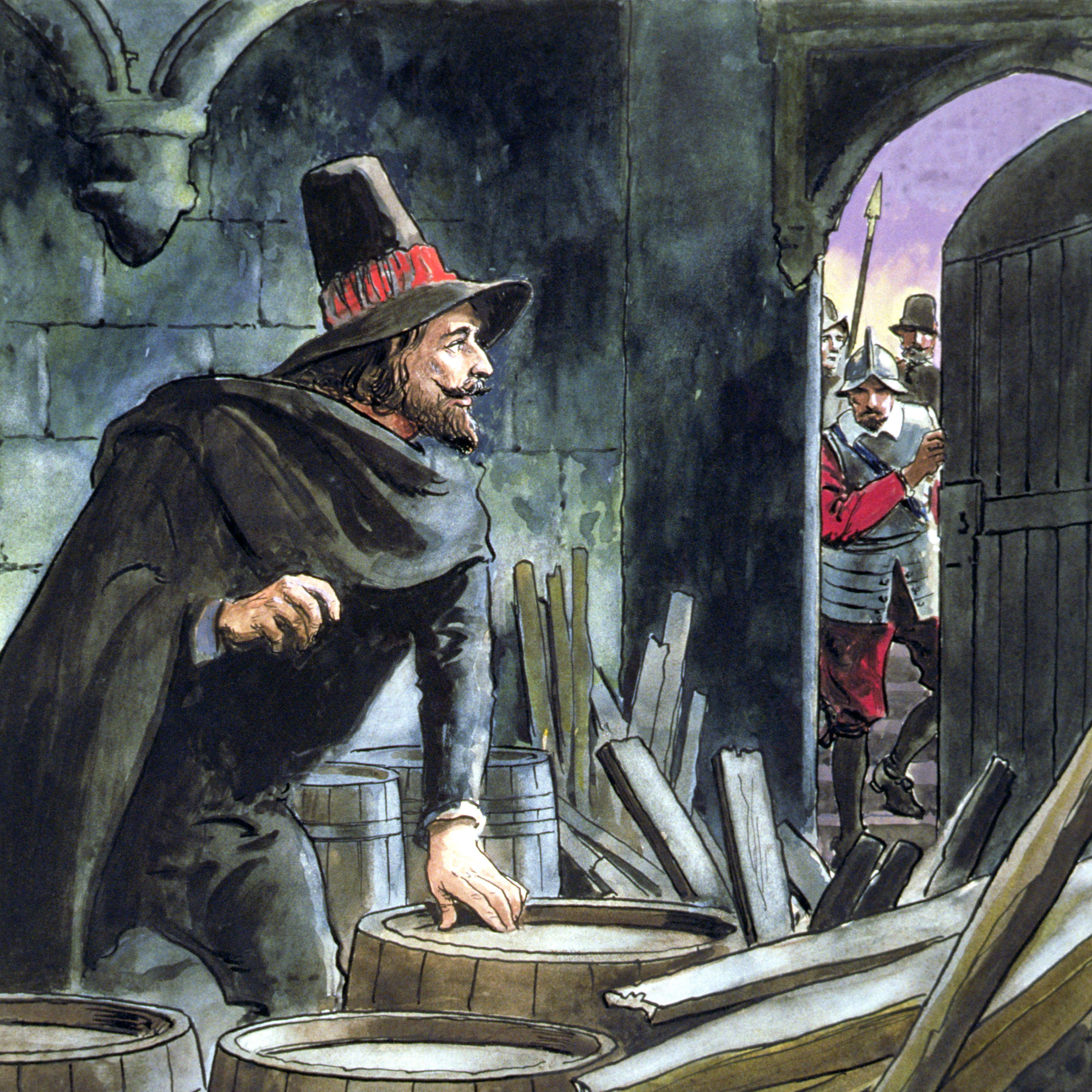 Remember, remember to take the Country Life Quiz of the Day, November 5, 2025
Remember, remember to take the Country Life Quiz of the Day, November 5, 2025It's a banger.
-
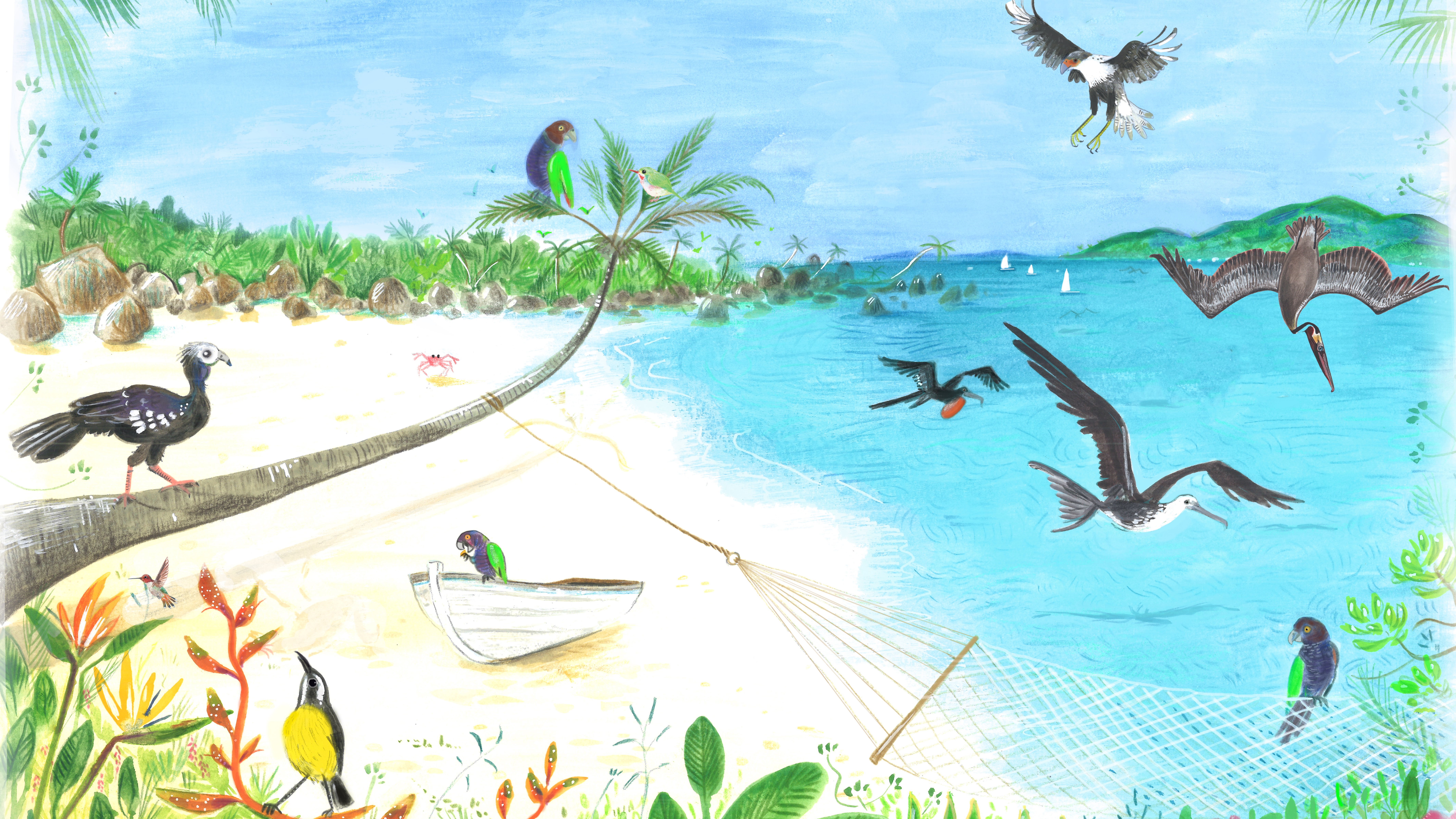 From the Caribbean with love: The other James Bond who wrote the definitive guide to tropical birds
From the Caribbean with love: The other James Bond who wrote the definitive guide to tropical birdsThe Caribbean plays host to a brilliant spectrum of colourful avians, says John Lewis-Stempel, as he revels in a birdwatcher’s paradise. Illustrations by Annabelle King.
-
 Best in class: This year's Georgian Group Architectural Award winners revealed
Best in class: This year's Georgian Group Architectural Award winners revealedThe Georgian Group’s Architectural Awards, sponsored by Savills, attracted another outstanding crop of entries this year. We reveal the winners, as chosen by a panel of judges chaired by Country Life's Architectural Editor, John Goodall
-
 ‘Pope Paul V remains a popular effigy today, and gets blown up in Lewes most years’: A five minute guide to England’s wackiest Bonfire Night celebrations
‘Pope Paul V remains a popular effigy today, and gets blown up in Lewes most years’: A five minute guide to England’s wackiest Bonfire Night celebrationsThe market town of Lewes in East Sussex has not one, not two, but seven bonfire societies and its celebrations have been labelled the ‘only proper Guy Fawkes night left’.
-
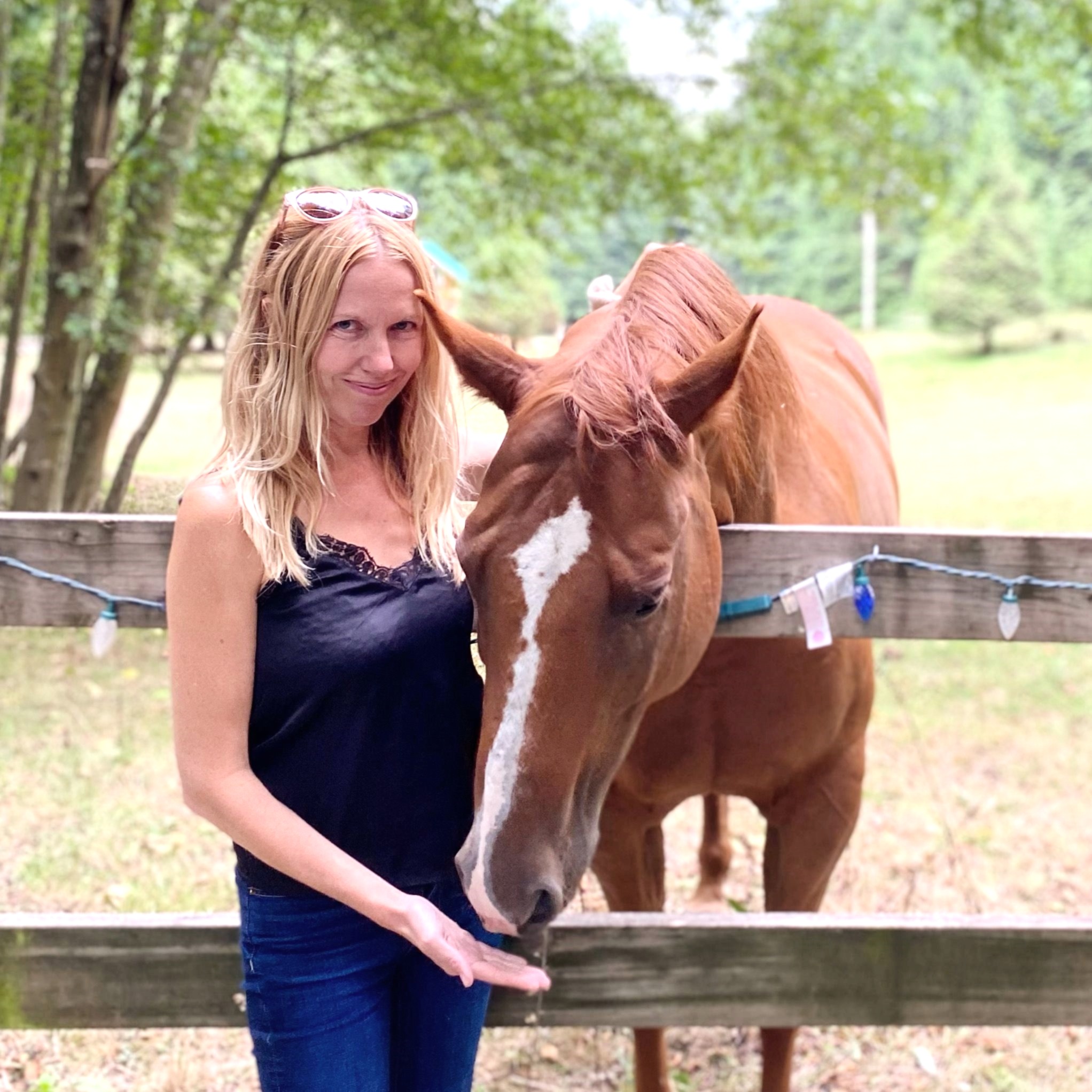 Amelia Thomas: The woman who learned to talk to animals
Amelia Thomas: The woman who learned to talk to animalsAmelia Thomas, the real-life Dr Dolittle who spent years decoding how animals talk, joins James Fisher on the Country Life podcast.
-
 How to keep your dogs — and other wildlife — safe on Bonfire Night
How to keep your dogs — and other wildlife — safe on Bonfire NightAnyone who’s ever owned a dog will remember, remember the 5th of November — not just for the Gunpowder Plot, but for the nervous wrecks it turns our dogs into.
-
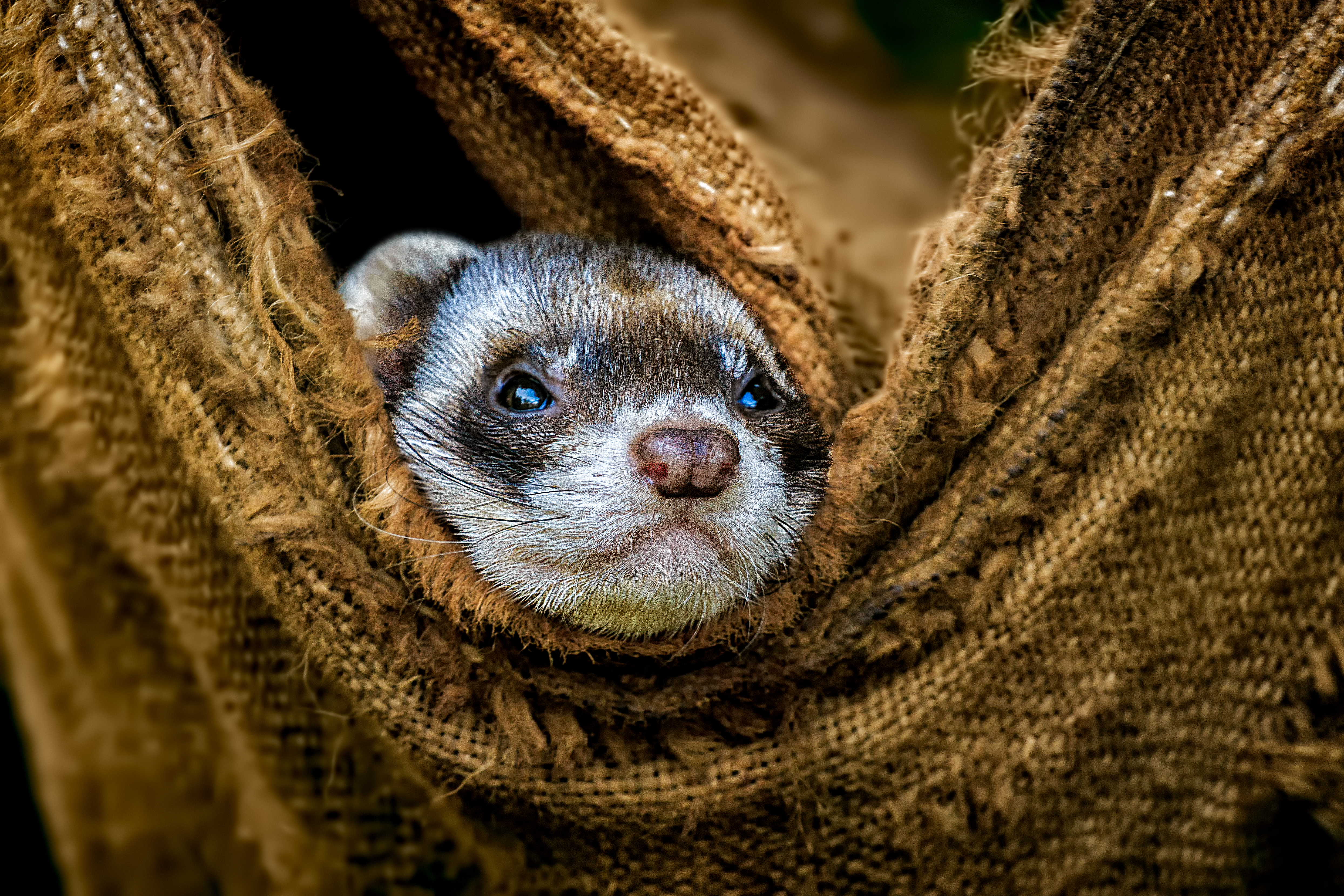 Man's (new) best friend: Slinky, swift and sweet, a furry ferret is a worthy household companion
Man's (new) best friend: Slinky, swift and sweet, a furry ferret is a worthy household companionFerrets are a perfect pet — just don't let them loose in the British Museum, Octavia Pollock writes.
-
 Great Danes: These gentle giants need space, strength and industrial-strength sofas
Great Danes: These gentle giants need space, strength and industrial-strength sofasGreat Danes were originally bred to hunt big game, but they’re more into cuddles than killing.
-
 Cocker spaniels: The indefatigable dog breed with medieval lineage that stole David Beckham’s heart
Cocker spaniels: The indefatigable dog breed with medieval lineage that stole David Beckham’s heartOnce bred to flush out woodcock, now found in royal estates and Hollywood homes — the Cocker Spaniel’s charm knows no bounds.
